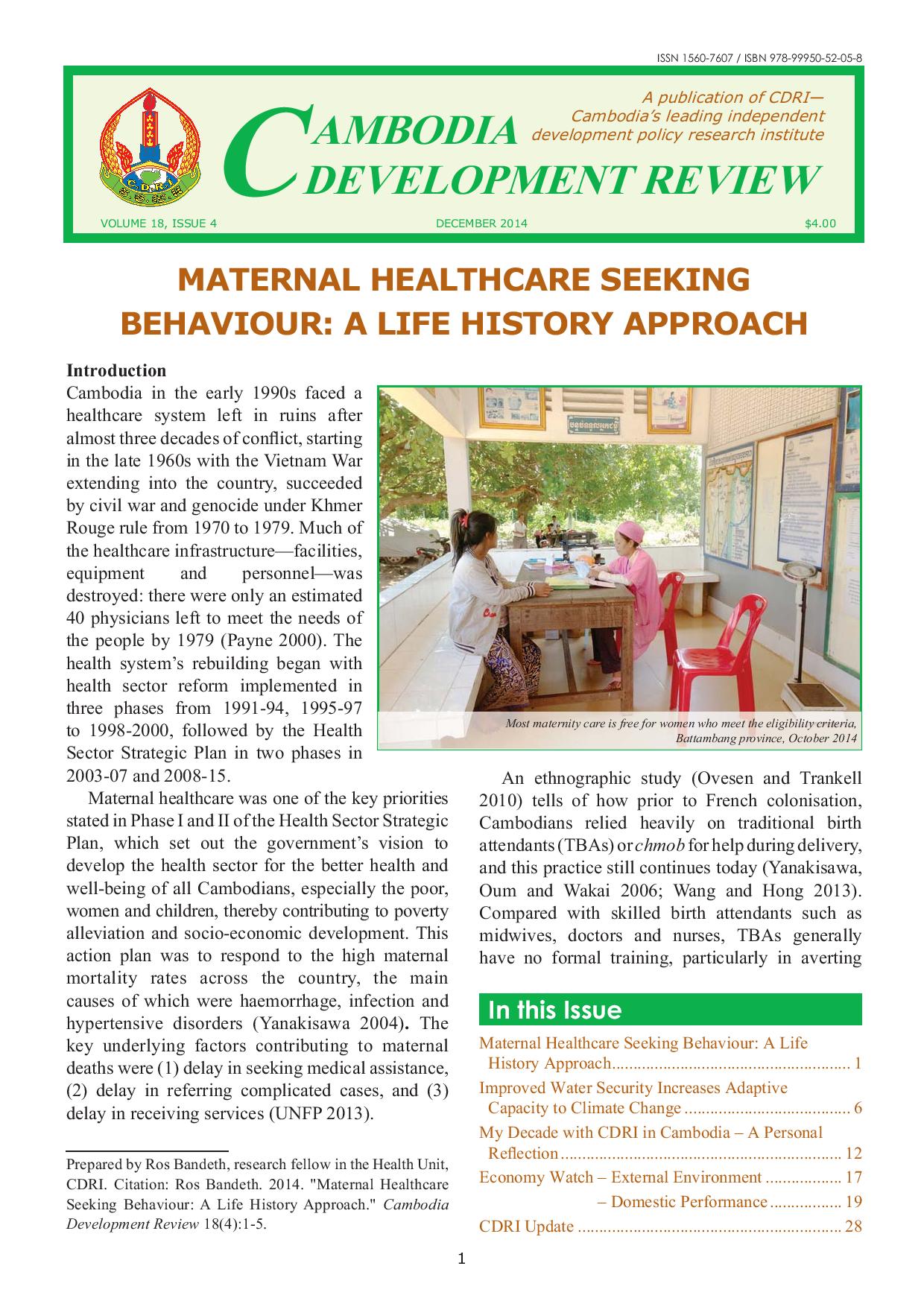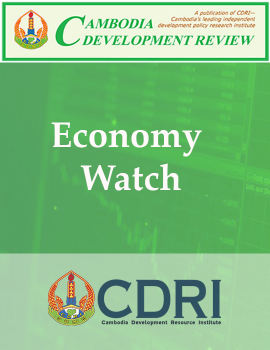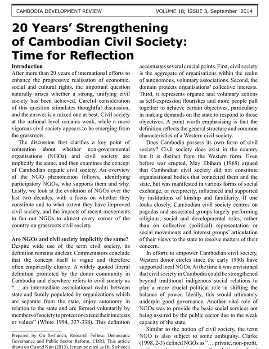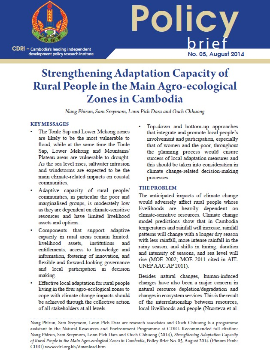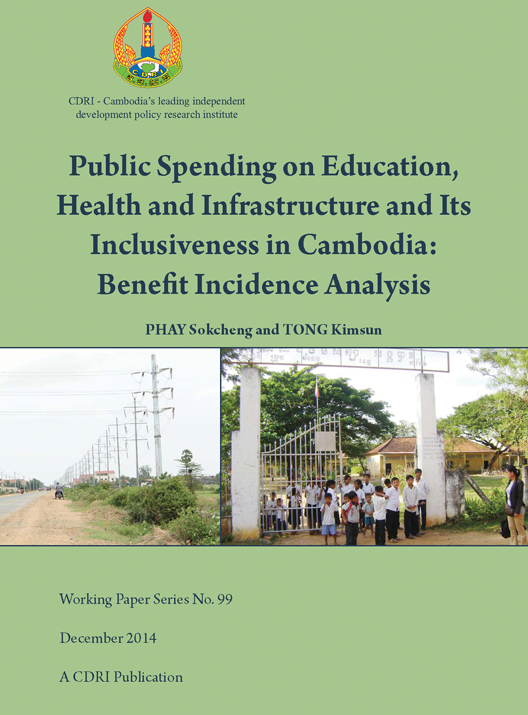
Public Spending on Education, Health and Infrastructure and Its Inclusiveness in Cambodia: Benefit Incidence Analysis
This paper examines public spending on education, health and infrastructure in Cambodia. Using benefit incidence analysis (BIA), marginal benefit incidence analysis (MBIA) and the nationally representative household survey data from the Cambodia Socio-Economic Survey (CSES) in 2004, 2009 and 2011, the paper examines whether governmen...
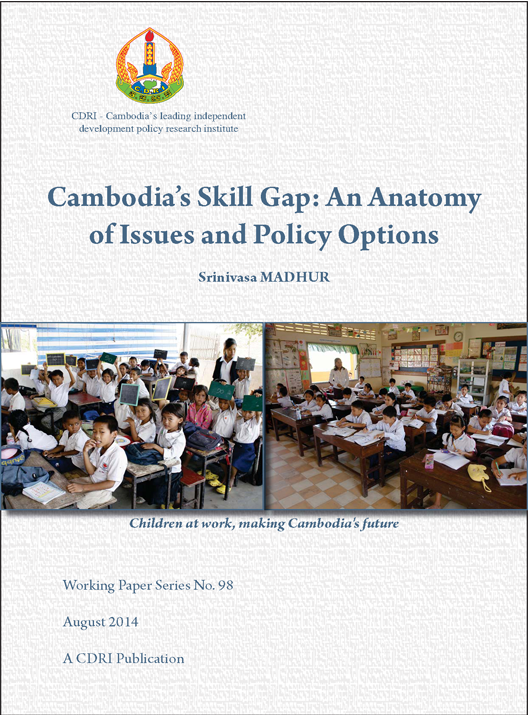
Cambodia’s Skill Gap: An Anatomy of Issues and Policy Options
Cambodia faces a growing skill gap that threatens its economic development and youth employment prospects. This gap stems from two interrelated educational deficiencies: a schooling gap—low enrollment and completion rates beyond primary education—and a learning gap—poor quality of education and inadequate acquisition of job-relevant skills. Despite...

Methods and Tools Applied for Climate Change Vulnerability and Adaptation Assessment in Cambodia’s Tonle Sap Basin
This study reviews and evaluates methods and tools used to assess climate change vulnerability and adaptation (V&A) in Cambodia’s Tonle Sap Basin, focusing on water governance and community resilience. Given the region’s susceptibility to floods, droughts, and climate variability, the research emphasises the need for site-specific assessments to in...


